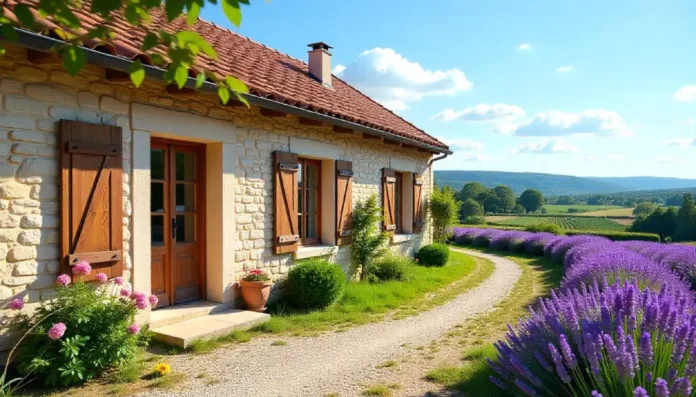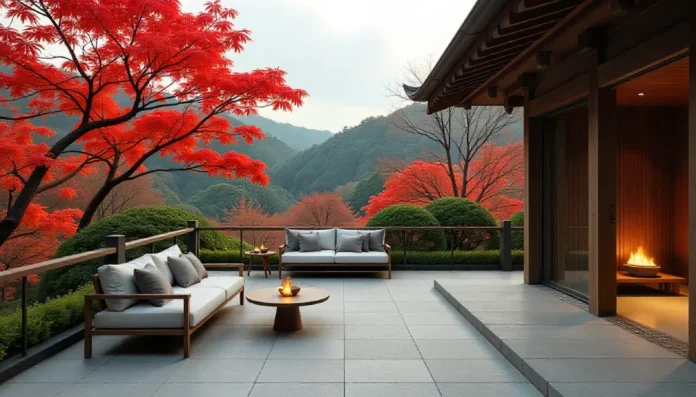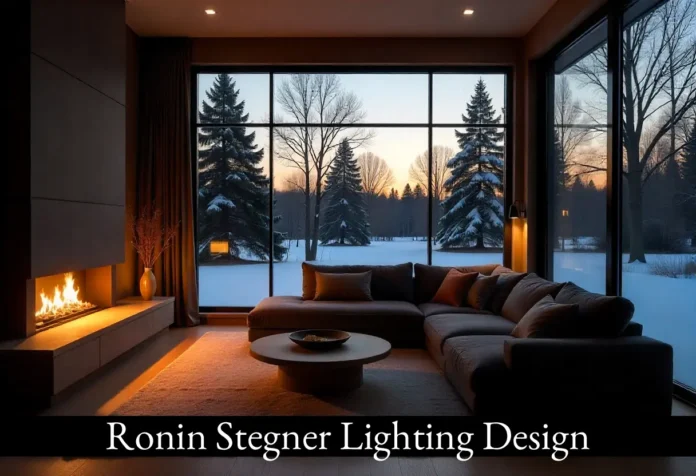In luxury home design, elegance lies not only in price and size, but in small details—carefully crafted elements that set these homes apart. Craftsmanship is defined by precision, artistry, and skill, and it creates a sense of character, authenticity, and appeal. In a time when most buildings are mass-produced, luxury homes stand above the rest through custom touches and superior workmanship.
Why Craftsmanship Matters
Upscale homes are typically associated with high-end design elements—imported marble, rare woods, and hand-forged metal—but the way such materials are chosen, installed, and finished is what makes them truly luxurious. Craftsmanship turns high-quality materials into one-of-a-kind, durable design features. Our luxury home designers focus on details that may be invisible to the untrained eye, all while showcasing the dedication and focus of artisans who bring their visions to life.
Bespoke Built-Ins
The most visible indicators of quality craftsmanship lie in a home’s millwork. From intricately designed crown moldings to custom-built-in kitchen shelving, millwork adds elegance, character, and structure. Unlike cabinetry and trim made on an assembly line, custom millwork is tailored to each home’s design intent and architecture.
Skilled woodworkers focus on materials, proportions, and finishes, ensuring that all design elements create a harmonious aesthetic. Whether it’s coffered ceilings in the living and dining area or a carved mantelpiece in the family room, custom millwork reflects a luxury home’s individuality and artisans’ pride in their handiwork.
Handcrafted Bathrooms and Kitchens
Bathrooms and kitchens are some of a home’s most design-intensive spaces—and they’re the perfect place for craftsmanship to shine through. In these oft-used areas, artisanal tilework, custom cabinetry, and stonework are quite common.
Custom cabinet makers specialize in tailored solutions for everything from hidden appliances to spice drawers, using time-tested joinery techniques. Tile artisans often hand-cut and glaze pieces to create intricate mosaics and backsplashes. In luxury homes, angles, curves, and finishes show a level of planning and implementation not found in mass-manufactured designs.
Architectural Details
Features like arched doorways, handcrafted staircases, and carved columns focus on function and form, showcasing makers’ artisanal skill. Even things as simple as plaster walls and iron railings add layers of depth and texture.
Luxurious design choices aren’t purely aesthetic; they contribute to homes’ long-term appeal and resale value. Handcrafted finishes tend to age gracefully, becoming more beautiful with time, while mass-market alternatives deteriorate and go out of style quickly.
Collaboration Between Architects, Designers, and Artisans
Superior workmanship isn’t a solo effort. In luxury home design, collaboration is essential. Designers, architects, and artists work closely to strike the perfect balance between function and form. Designers offer their stylistic vision, architects ensure safety and structural integrity, and craftsmen execute those concepts with unrivaled precision.
Higher Value Through Craftsmanship
In a housing market saturated with cookie-cutter developments and the latest tech features, old-fashioned craftsmanship is a differentiator. It speaks to intrinsic values like integrity, permanence, and authenticity— all qualities that today’s homeowners seek. Investing in quality workmanship is an investment in sustainability. Well-built, handmade design elements last longer, conserving resources with time. They’re not easily imitated or replaced, which adds to their allure and exclusivity.
Our Thoughts
In the luxury home design space, craftsmanship isn’t just a preference; it’s the foundation upon which individuality, quality, and beauty are built. From architectural artistry to custom finishes, the human touch offers something that can’t be duplicated by a machine. For buyers seeking homes that stand the test of time (and look beautiful while doing it), craftsmanship isn’t a desirable quality—it is essential.



